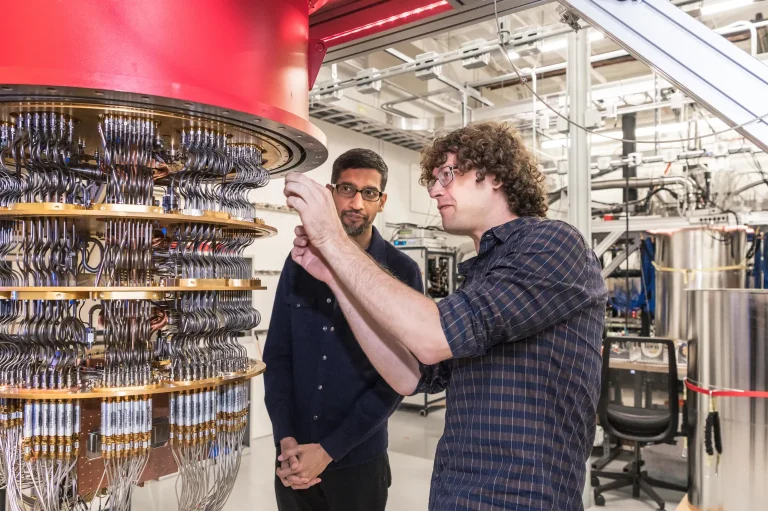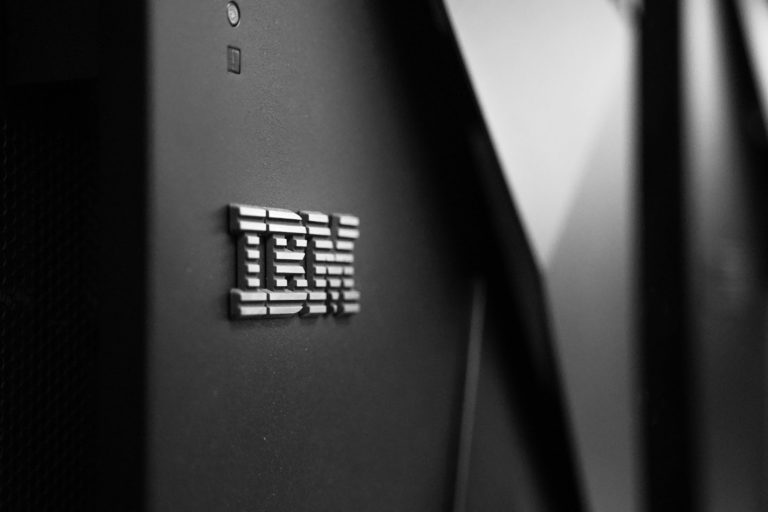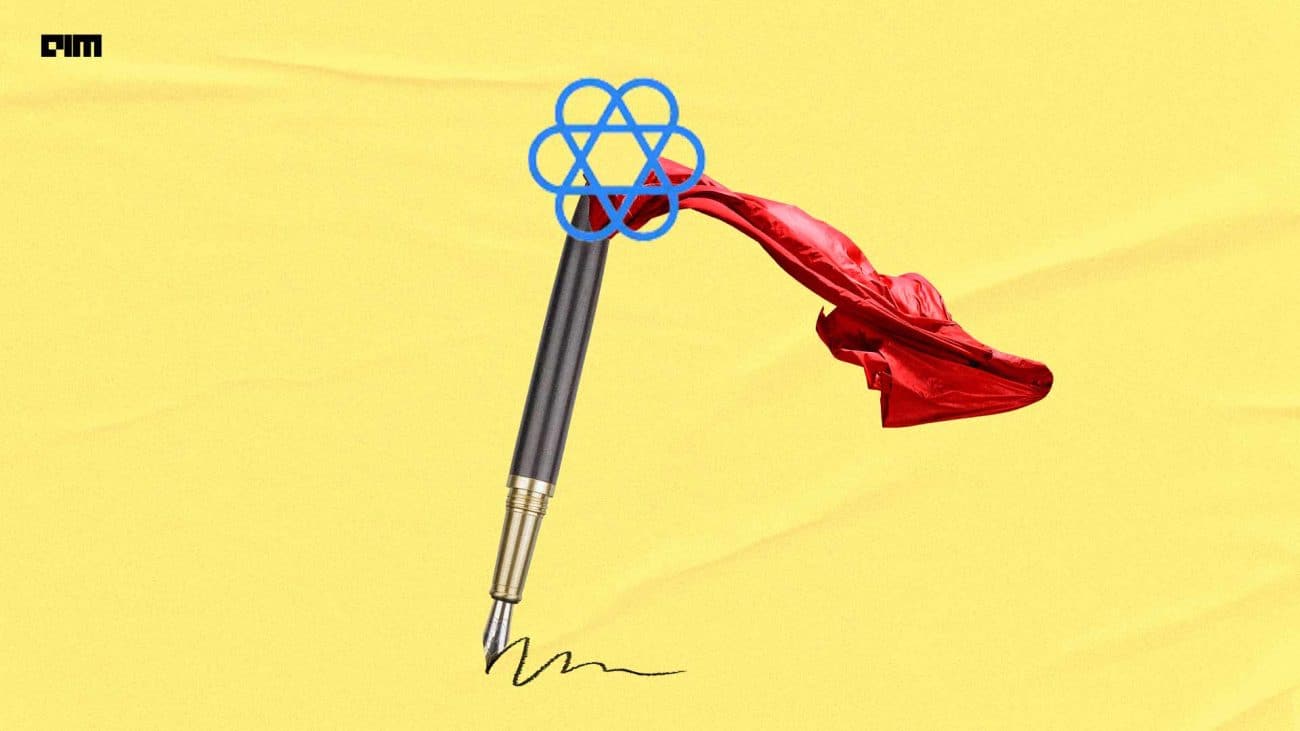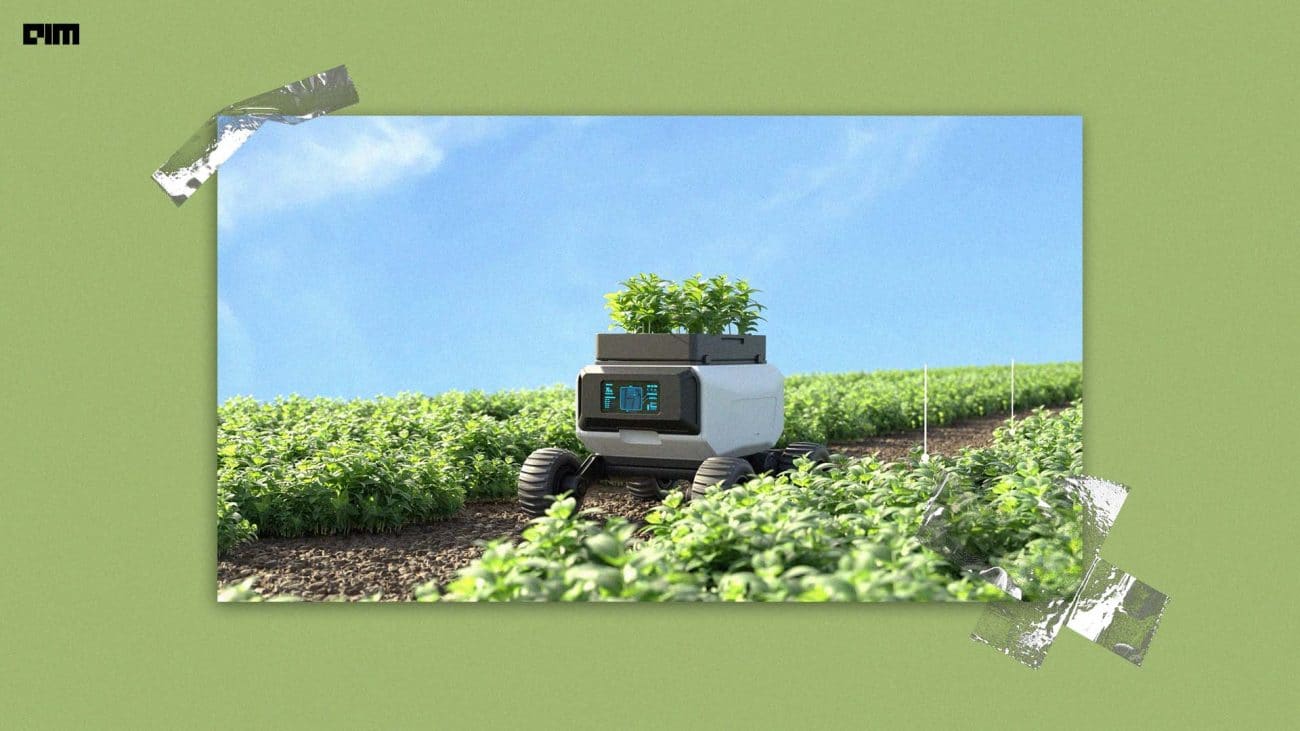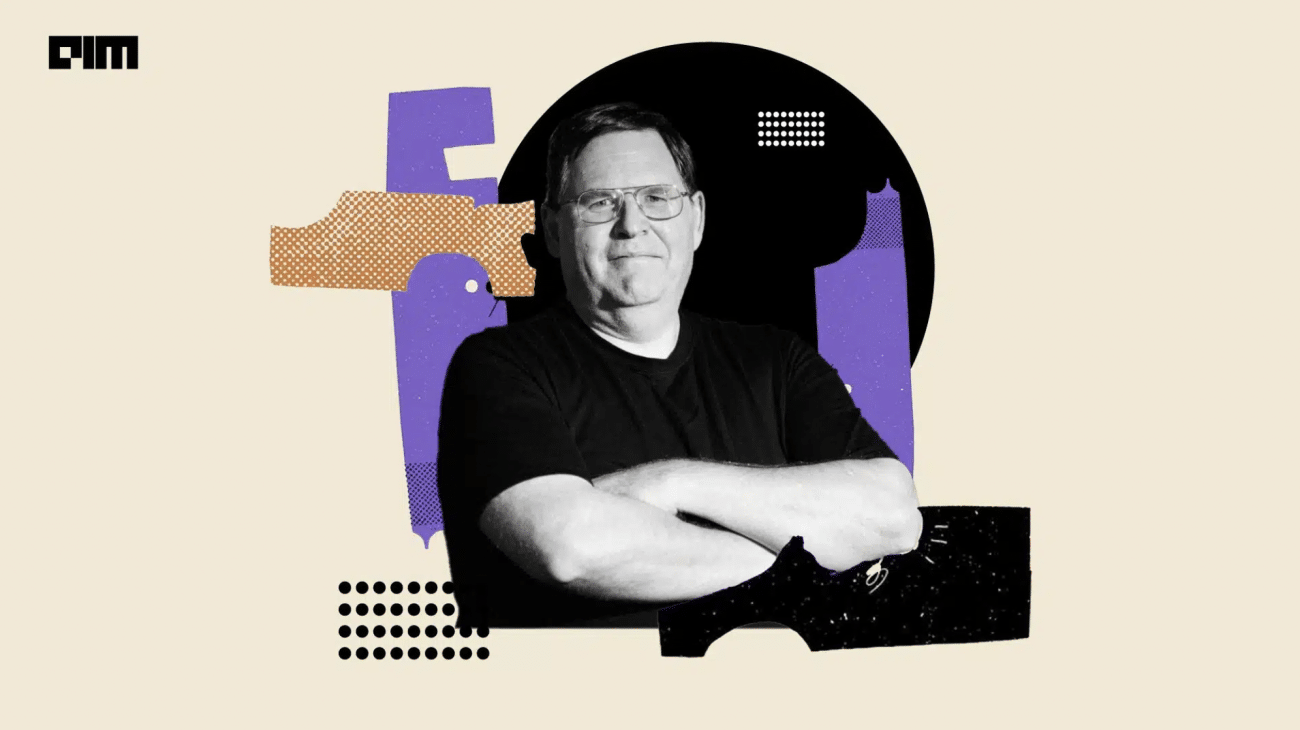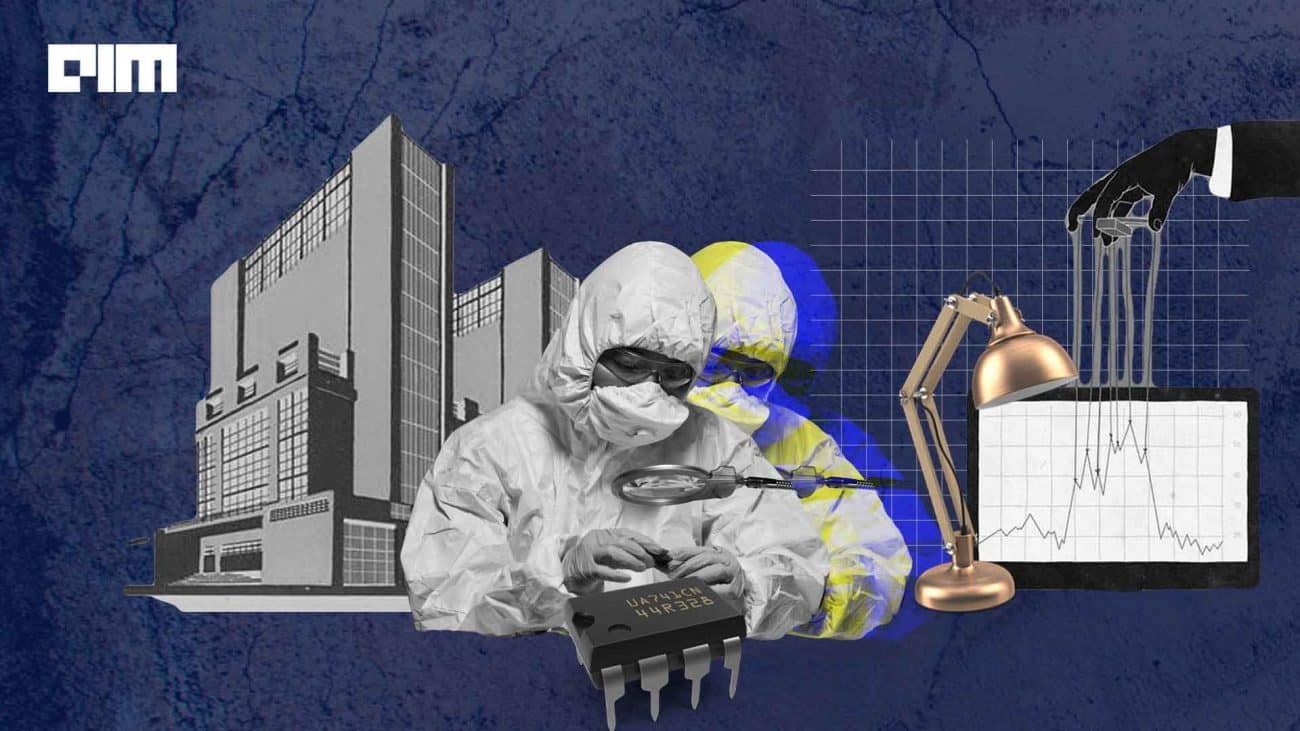The world of quantum computing has so many terms, starting with Qubit, QPU, and superposition, to entanglement, trapping ions, and photons, but the heart of quantum computation lies in Qubits. Traditionally, data is encoded in bits, where each bit has a value of 0 or 1. However, quantum computers encode data in Qubits, where each Qubit can be encoded as either 0 or 1 or in a linear combination of the two states. The phenomenon is called superposition. Researchers of DOE Lawrence Berkeley National Laboratory and the University of California, Berkeley, are trying to find the ideal version of Qubits by exploring properties like superposition and entanglement.
Problems with Qubits
Unfortunately, Qubits are sensitive to their environment. As a result, they can’t maintain their state for long periods, so they can’t be used to store information long-term, and no one can retrieve the information further. In addition, quantum systems are characterised by a lot of “noise,” which results in a low coherence time (the time it takes a system to maintain a condition) and errors.
To assist in the development of Qubits, the DOE Lawrence Berkeley National Laboratory and the University of California, Berkeley are supporting a number of research projects.
Qubits based on superconductivity
The most advanced technology for Qubits is superconducting Qubits. Using a sandwich of metal, insulator, and metal, called a Josephson junction, can transform materials into superconductors in which electricity flows without loss. This is done by drastically lowering their temperatures. As a result, coherent electron pairs move through the material as single particles. Due to this movement, quantum states are more stable than conventional materials.
I Siddiqi and his colleagues, researchers at the University of California, inserted a thin insulating barrier between two superconductors in a quantum bit to scale up superconducting Qubits. The barrier affects the flow of electrons, making it possible to control their energy levels. In addition, it is possible to increase the coherence time by making this junction as consistent and small as possible.
Qubits based on defects
Diamonds can develop nitrogen-vacancy centres by adding nitrogen to a place where a carbon atom would normally exist. To make these defect patterns, researchers created a stencil that was just two nanometers long, using the Center for Functional Nanomaterials. In this way, the coherence time of these Qubits was increased, and it was easier to entangle them.
Giulia Galli and her team, a group of researchers from NERSC and Berkeley Lab, using theory, predicted how to strain aluminium nitride in the right way to form Qubits. As nitrogen vacancies occur naturally in aluminium nitride, scientists should control electron spin in it just like they can in diamonds. David D Aschalom’s team, the researchers at the Institute for Molecular Engineering, The University of Chicago, also discovered certain defects in silicon carbide that have coherence times comparable to or longer than nitrogen-vacancy centres in diamonds.
Materials by design
By using this method, custom materials can be created molecule by molecule. Danna E Freedman, a researcher at the Department of Chemistry, Northwestern University, and her team tailored the metals and molecules bound to create an environment with very little nuclear spin. The magnetic noise created by atoms containing nuclear spin makes it difficult to maintain and control the spin of electrons. They have achieved a one millisecond coherence time in molecules that contain the metal vanadium after testing different solvents, temperatures, and ions/molecules attached to the metal.
It is truly exciting to think that by using quantum simulations to view materials, it can be finally possible to develop technologically relevant technologies and materials that can completely transform the way of computations.










